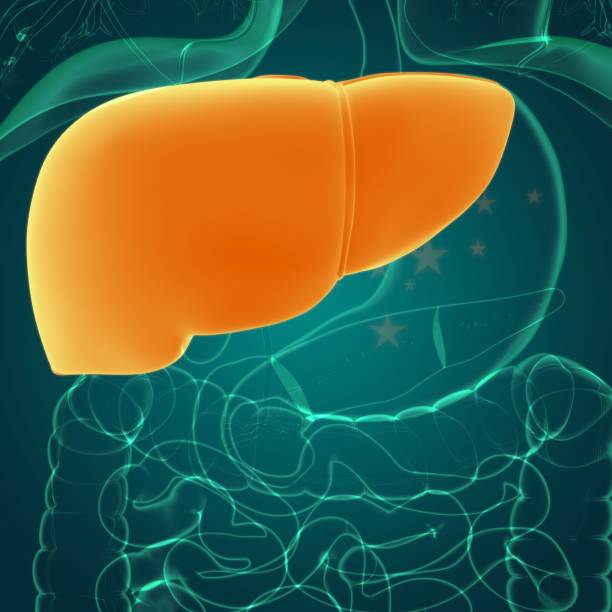Introduction
No matter how small and nearly insignificant a gallbladder is, it is an organ crucial to the human body. Its activity is part of digestion processes that are most essential. If you have ever felt a bit curious about how much weight the gallbladder carries or what factors are responsible for a large size of a gallbladder, then certainly, you are not alone. Knowledge about average weight of the gallbladder can indeed help one gain a better understanding of the functioning and health of a gallbladder. It is, thus quite essential to know about the average weight of a gallbladder and what all factors affect the size of the gallbladder, in general.
What is a Gallbladder?
A gallbladder is a pear-shaped organ situated under the liver. The purpose of a gallbladder is to store bile produced by the liver, which breaks down fats in food. The gallbladder automatically sends some of its bile to the small intestine to digest those foods each time a person eats. It is not vital to survival because lots of people live easy, uncomplicated lives without their gallbladders, but it is an important component of digestion.
Average Size of the Gallbladder
An average gallbladder is quite heavy and can weigh anywhere from 30 to 70 grams, which is about 1 to 2.5 ounces. Of course, the size of the gallbladder will vary due to a number of factors, however. In fact, being much smaller in size as it is, the weight of the gallbladder is heavy enough to make an impact on the way this organ plays a role in the digestive system. That has to be recognized to better appreciate the importance of this organ to health matters of the digestive system.
Factors Affecting Size and Weight of Gallbladder
Other variables that may affect the gallbladder size and weight are:
4.1 Age
Gallbladder size and function also change with age. The higher the age of a person, the lesser the capacity of his gallbladder is likely to be and, with it, the weight. Other changes in age occurring within the gastrointestinal tract affect the dimensions of the gallbladder in many aspects due to the differences in the production and storing of bile.
4.2 Gender
Studies indicate a slight difference in each gender concerning size and weight of the gallbladder. In some cases, a female’s gallbladder might be larger compared to its male counterparts. This is perhaps due to hormonal reasons in the formation of bile and storage.
4.3 Disease Conditions
Some health issues may determine the size and weight of the gallbladder. In this respect, gallstone patients usually have their gallbladder change in size. When there is inflammation or other gallbladder disease, the weight may be lighter or heavier.
Role of the Gallbladder
Storage of Bile: The gallbladder acts as a storage organ for the bile until required to be used in the process of digestion.
Concentration of Bile: The bile is concentrated inside the gallbladder; thus, it can work effectively on fats during digestion.
Release of Bile: The hormone is secreted after intake of food. The hormones causes contraction of the gallbladder along with relaxation of the ampulla, which helps in the release of the bile into the small intestine and hence, it allows completion of digestion.
The storage and release of bile in the gallbladder make a digestion, especially of fatty foods, very effective
Caution Signs for Gallbladder Diseases
Be aware of the warning signs that could mean gallbladder problems to help facilitate better digestive wellness. The most common symptoms for diseases of the gallbladder are the following:
Abdominal pain, more specifically at the right upper quadrant of the abdomen after consuming fatty foods.
Vomiting and Nausea, which usually occur together with abdominal pains.
Distension or fullness soon after eating
Jaundice-the yellowing of the skin and the whites of the eyes-resulting from an obstruction of the flow of bile.
Thus, whenever such a symptom appears to be present, every individual must seek assessment and treatment from a healthcare professional. Conclusion
A very important part of the digestive system is the gallbladder, though very small in size, it stores and emits bile. The average weight of the gallbladder is between 30 to 70 grams; however this may vary with age, gender, as well as health status. Understanding the anatomy as well as the role that the gallbladder performs within this body teaches one how vital the organ is towards digestive health.
Therefore, if so concerned with your gallbladder or your digestive system, please feel free to contact a healthcare provider for proper advice and support. Becoming as aware as possible of how your body works and what may be going on inside can certainly help you take good proactive measures toward ensuring your well-being.




